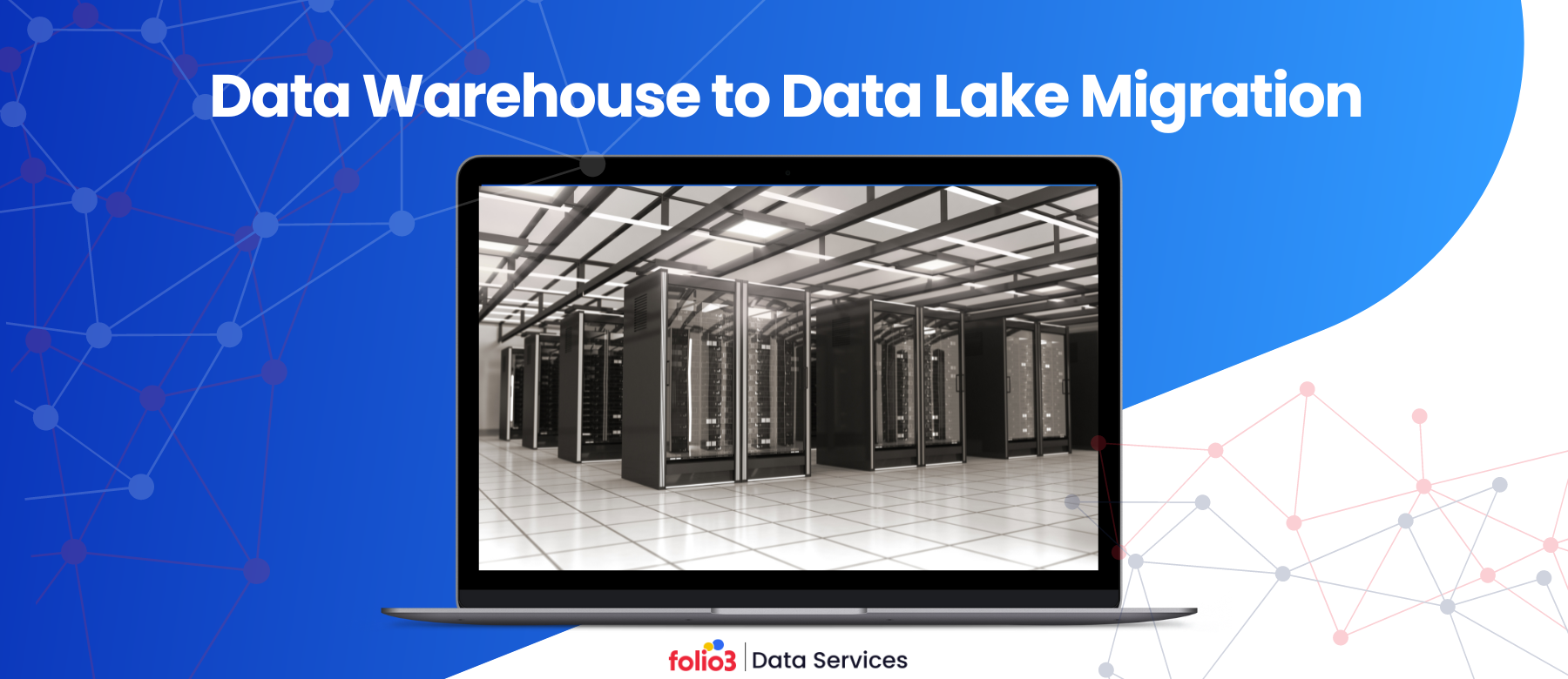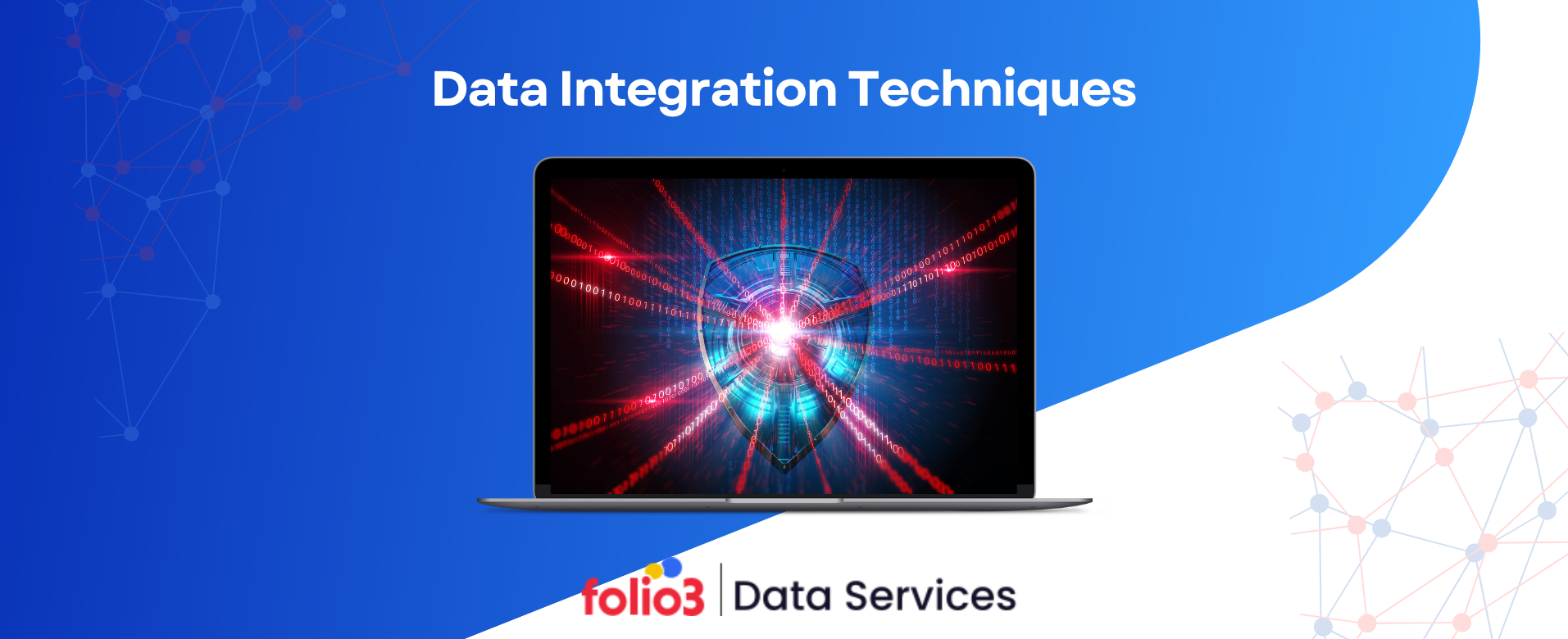Organizations are swimming in a sea of information in today’s data-driven world. But is all that data accurate, usable, and secure? That’s where a watertight data governance strategy comes in. A well-defined data governance strategy is the key to unlocking the true potential of your data assets.
This step-by-step guide will help you build a seven-step data governance plan, transforming your data from an unruly mess into a strategic asset.
What is a Data Governance Strategy?
Imagine a gold mine overflowing with nuggets, but most are buried, some are fake, and a few lucky prospectors keep stumbling upon the real ones. That’s the data situation in many organizations. Data is everywhere, but its quality, security, and accessibility are a gamble.
A data governance strategy is your roadmap to turn that chaotic gold mine into a well-organized operation. The plan outlines how your organization will manage data as a valuable asset. Here’s how it works:
- Setting the Goals: First, you define what you want to achieve with your data. Do you want to improve customer targeting, make data-driven decisions faster, or ensure regulatory compliance? A clear vision sets the direction for your strategy.
- Roles and Responsibilities: Data governance isn’t a one-person show. This strategy assigns clear roles, like data stewards who own specific data sets and data custodians who manage data storage and access. It’s like appointing a sheriff and deputies to keep the data mine orderly.
- Data Policies and Standards: Like traffic laws keep the roads safe, data policies and standards ensure consistency. These guidelines define how data is collected, stored, formatted, and secured. Think of them as the safety protocols for your data mine, ensuring everyone uses the same tools and processes.
- Data Quality and Monitoring: Not all nuggets are gold. Your data governance strategy includes processes to monitor data quality. This might involve identifying missing values, inconsistencies, or outdated information. Regularly cleaning and validating your data ensures you work with the real deal, not fool’s gold.
- Data Security and Access: Data security is paramount. Your strategy will define protocols to protect your data from unauthorized access, breaches, or loss. It’s like having a security system and access control for your data mine, ensuring only authorized miners can enter specific areas.
- Data Sharing and Collaboration: Data shouldn’t be locked away. Your strategy will establish ways for authorized users to access and share data securely. This fosters collaboration and ensures everyone has the information they need to make informed decisions.
- Communication and Training: The best plan falls flat without everyone on board. Your data governance strategy should include communication plans to educate employees about the importance of data governance and provide training on established policies and procedures.
7 Steps to Build an Effective Data Governance Strategy
Data governance isn’t a one-time fix. It’s an ongoing journey to ensure your data remains a valuable asset. Here’s a breakdown of the seven crucial steps to building an effective data governance strategy:
Identify and Prioritize Existing Data
This is the foundation. You need to understand what data you have. Start by conducting a comprehensive data inventory. Think of it like taking stock in your data mine.
Identify all the data sources across your organization, from customer records to financial data to marketing campaign results. Don’t forget hidden data pockets in individual departments or applications.
Once you have a complete picture, prioritize the data based on its business value and risk. Focus on data critical for decision-making, data subject to regulations, or data with high-security risks. Prioritization helps you allocate resources effectively and focus on the data that matters most.
Choose a Metadata Storage Option
Imagine a mine without a map – finding the right gold vein would be near impossible. Metadata is the map for your data. It describes what data exists, its location, format, and meaning. But where do you store this crucial information?
Several options exist. You can leverage a dedicated metadata repository, a data catalog within your existing business intelligence (BI) tools, or even a simple spreadsheet (though this becomes unwieldy for large datasets). The best choice depends on your organization’s size, budget, and data complexity.
Prepare and Transform the Metadata
The raw data you collect might be messy and inconsistent. The same data point might be called different things in different departments.
This is where data cleaning and transformation come in. Think of it as refining the raw ore from your mine. You must standardize formats, remove duplicates, and ensure data definitions are clear and consistent across the organization.
This step might involve creating data dictionaries and glossaries that define the meaning of specific data elements. It’s like making a legend for your data map, ensuring everyone understands each symbol.
Build a Governance Model
Now that you clearly understand your data and a standardized map, it’s time to establish the governing body. This is the team responsible for overseeing and enforcing your data governance strategy.
The model might involve a central data governance council with representatives from different departments or a more decentralized approach with data stewards owning specific data sets.
The key is to define roles and responsibilities clearly. Who creates data policies? Who monitors data quality? Who approves access requests? A well-defined governance model ensures everyone is accountable and working towards the same goals.
Establish a Process for Distribution
Your data is no good if it’s locked away. This step involves establishing transparent processes for authorized users to access and share data. This might involve a self-service data portal, a data access request system, or designated data owners who grant access based on specific needs.
Security is paramount here. The process should ensure that only authorized users can access specific data sets and that access is logged and monitored.
Identify Potential Risks
Data breaches, regulatory non-compliance, and poor data quality are all potential threats to your data kingdom. This step involves proactively identifying and mitigating these risks.
Conduct regular data security assessments, review privacy regulations, and implement data quality monitoring processes. Think of it as identifying weak spots in your mine’s security system and taking steps to shore them up before any problems arise.
Constantly Adapt Your Data Governance Framework
The data landscape is constantly evolving. New regulations emerge, data sources multiply, and business needs change. Your data governance strategy needs to be flexible enough to adapt.
Regularly review and update your policies, standards, and processes to ensure they remain relevant and practical. Be prepared to integrate new technologies and approaches as needed. Remember, your data governance strategy is a living document, not a one-time project.
What Is a Data Governance Roadmap?
Organizations grapple with a constant influx of information in today’s data-driven world. Just collecting data isn’t enough. You need a plan to ensure accuracy, security, and usability. That’s where a data governance roadmap comes in.
A Data Governance Roadmap is a long-term plan that outlines the steps an organization needs to take to improve its data management. It’s like a roadmap for a trip, but instead of navigating streets, it helps navigate the complexities of data governance.
Think of it as a detailed GPS for your data governance journey. It outlines the steps you need to take to establish and maintain a comprehensive data governance framework tailored to your organization’s unique needs and goals.
The roadmap typically starts with a smaller project, like achieving compliance with a regulation. Then, it builds on those successes to tackle bigger goals, such as improving data quality for better reporting or analytics. These goals should align with the organization’s overall business priorities.
Here’s a breakdown of what a data governance roadmap typically includes:
Current State Assessment
The first step is understanding where you stand. This involves assessing your organization’s data maturity level. Are your data policies and procedures documented and enforced? How well is your data quality managed? Do you have a clear understanding of your data assets?
By identifying gaps and areas for improvement, you can create a roadmap that addresses your specific challenges.
Defining Goals and Objectives
Where do you want your data governance journey to lead? Your roadmap should clearly define your desired outcomes. Do you want to improve data quality by 20%? Streamline data access for marketing teams? Ensure compliance with a specific data privacy regulation.
Having clear goals provides direction and helps you prioritize tasks within the roadmap.
Prioritization and Action Plan
With your current state and goals in mind, you can prioritize the steps needed to achieve your objectives. The roadmap will outline specific tasks, timelines, and deliverables.
This might involve developing data classification schemes, implementing data quality monitoring tools, or establishing data access controls.
Roles and Responsibilities
A successful data governance program requires a collaborative effort. The roadmap will clearly define who is responsible for each task within the plan. This might involve assigning ownership to specific teams or individuals, like data stewards or quality champions.
Communication and Training
Change management is crucial for any successful initiative. The roadmap should include a communication plan to inform stakeholders about the data governance program and its goals. Additionally, training programs should be developed to educate employees on new policies, procedures, and tools.
Monitoring and Measurement
How will you know if your data governance program is successful? The roadmap should define key performance indicators (KPIs) to track progress towards your goals.
This might involve metrics like data quality scores, reduction in data access errors, or compliance audit results. Regular monitoring allows you to identify areas where the program needs adjustments and celebrate successes.
Continuous Improvement
Data governance is an ongoing process, not a one-time fix. The roadmap should acknowledge the need for continuous improvement. Regularly review your program, assess its effectiveness, and adapt your strategies as your data landscape and business needs evolve.
Factors to Consider When Creating A Roadmap
Here are some factors to consider when creating a data governance strategy:
- Skills: Does your team have the skills to execute the plan? If not, factor in training.
- Funding: Are there existing projects with budgets that your data governance efforts can support? Compliance projects are an excellent place to start since they often have allocated funds.
- Business Needs: What are the most pressing challenges or opportunities facing the business? The roadmap should address those.
- Existing Tools: Are there any data management tools already in place? The roadmap can leverage those tools to focus on specific data areas first.
Importance of Data Governance Strategy
In today’s data-driven world, information is king. But just having a lot of data isn’t enough. Imagine a treasure room overflowing with gold, jewels, and artifacts – but it’s all piled haphazardly, some items are fake, and there’s no way to tell what anything is. That’s the danger of data without a data governance strategy.
A data governance strategy is your roadmap to unlocking the actual value of your data. It’s the framework that ensures your data is:
- Accurate and Reliable: Your data must be accurate and reliable, like a well-maintained treasure map. This means having clear definitions, consistent formats, and processes to identify and fix errors. Insufficient data leads to bad decisions.
- Secure and Protected: Your data is a valuable asset, and just like you wouldn’t leave your treasure room unguarded, you need robust security measures to protect your data from unauthorized access, breaches, and loss. Data breaches can be costly and damage customer trust.
- Usable and Accessible: Having a treasure room full of locked chests doesn’t do you much good. Your data must be accessible to authorized users who can leverage it for analysis and decision-making. The right governance strategy ensures people can access the correct data at the right time.
- Compliant with Regulations: Data privacy regulations like GDPR and CCPA are becoming increasingly complex. A data governance strategy helps you ensure your data practices comply with these regulations, avoiding hefty fines and reputational damage.
Here’s a closer look at the key benefits of a data governance strategy:
- Improved Decision-Making: You can confidently make data-driven decisions with reliable, high-quality data. This can lead to better targeting of marketing campaigns, more efficient resource allocation, and improved product development.
- Trustworthy Insights: Organizations can make data-driven decisions more confidently with high-quality data.
- Reduced Costs: Poor data quality can lead to wasted resources and rework. A data governance strategy helps you minimize these costs by ensuring data accuracy and reducing the need for data cleansing.
- Enhanced Efficiency: When data is well-organized and accessible, employees can find the information they need quickly and easily, improving overall efficiency and productivity.
- Compliance: Data governance helps ensure regulation adherence, mitigating legal and financial risks.
- Increased Innovation: Data can be a powerful fuel for innovation. By making data readily available and fostering a data-driven culture, you empower employees to identify new opportunities and develop innovative solutions.
- Improved Efficiency: Defined processes and precise access controls streamline data workflows and eliminate bottlenecks.
- Mitigated Risk: A robust data governance strategy can reduce data breaches, non-compliance with regulations, and reputational damage. This proactive approach protects your organization from potential threats.
- Data Democratization: When data is governed effectively, it becomes more accessible to authorized users across the organization, fostering innovation.
How Does Data Governance Support a Data Strategy?
Data governance acts as the foundation for a successful data strategy. While the data strategy outlines how the organization will leverage data to achieve its goals, data governance establishes the framework to manage that data effectively. Here’s a breakdown of how they work together:
Data Strategy – The Big Picture
Imagine your data strategy as a roadmap for finding hidden treasures. This roadmap identifies the areas with the most potential value (business goals) and the overall course to reach them (processes and technology).
Data Governance – Building the Infrastructure
In this analogy, data governance is like building the infrastructure to navigate the roadmap. It ensures:
- High-Quality Data: Clean, accurate, and consistent data is essential for reliable insights. Data governance sets standards for data collection, storage, and maintenance.
- Data Security: Data governance establishes policies and procedures to protect sensitive information from breaches or unauthorized access.
- Accessibility: The right people need access to the correct data at the right time. Data governance defines who can access specific data and how they can use it.
- Standardization: Data governance ensures everyone uses consistent definitions and formats for data elements. This facilitates smooth data integration and analysis.
Balancing Offense and Defense
Data governance balances a data strategy’s offensive and defensive aspects. Defensive measures, like data security and compliance, are essential to protect sensitive information. However, overly restrictive governance can hinder data access and innovation.
Effective data governance finds the right balance, enabling secure access to governed data while protecting sensitive information. This allows organizations to leverage data for offensive purposes, such as gaining customer insights and optimizing operations.
Data Governance Strategy Examples
Airbnb – Empowering Through Data Literacy
Airbnb’s data governance strategy goes beyond just data management. They recognize the crucial role of data literacy in ensuring responsible and effective data utilization. Their “Data University” program exemplifies this approach.
By equipping employees across departments with data skills, Airbnb fosters a data-driven culture where employees can make informed decisions based on insights.
This strengthens data governance and democratizes data, making it accessible to a broader range of users. The result? A significant increase in employees actively using internal data platforms, leading to better decision-making at scale.
Uber – Balancing Compliance with Flexibility
Uber operates in a complex global environment with varying data regulations. Its data governance strategy tackles this challenge with a unique approach. Uber leverages a core platform for centralized data privacy and security, ensuring compliance across all regions.
However, they also recognize the need for flexibility. Using customizable features and plugins, Uber adapts its governance policies based on the origin of the data. This allows them to comply with local regulations without needing separate applications for each region.
Additionally, Uber invests heavily in employee training, ensuring their workforce understands and applies the data governance principles across all locations.
Key Takeaways
These examples showcase how effective data governance strategies go beyond just policies and procedures. By incorporating elements like:
- Data Literacy Programs: Equipping people to understand and utilize data effectively.
- Flexible Governance Frameworks: Adapting data governance to comply with regional regulations while maintaining a central core.
- Investment in Employee Training: Ensuring everyone understands and applies data governance principles.
Conclusion
Data governance is the key to unlocking your data’s true potential. It ensures data accuracy, security, accessibility, and compliance. A well-defined data governance strategy empowers your data strategy, leading to better decision-making, reduced costs, and increased innovation.
By following a seven-step plan, investing in data literacy, and balancing security and access, you can build a data governance strategy that propels your organization toward data-driven success.
FAQs
The three pillars of data governance are people (roles and training), Process (data management workflows), and Technology (supporting tools).
Modern data governance goes beyond specialists. It involves everyone, prioritizing privacy and security for all data.
Data governance’s five areas are quality, security, access, privacy, and lifecycle management.





